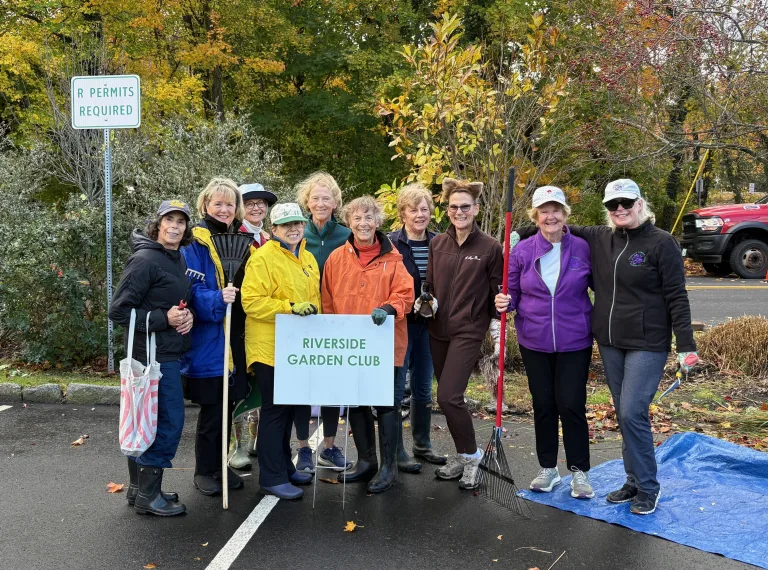By Phoebe Lindsay
Just beyond a century ago, nature, the woods, “the wild” could be a genuinely adventurous place for young children. Fairy tales were written to warn children of the risks of wandering too far from their home or their path. Children had to often traverse woods or natural areas to get from place to place: there were wild animals, cliffs and caves, rivers to cross that may be swollen from a recent rain, certainly a creepy recluse that was to be avoided, and the ever-looming weather and not least, the impending darkness. All of these elements sharpened decision-making and physical capacity for the growing child who wanted to return home safe, sound, dry, and not too hungry.
Modern life and parenting has eliminated most of these risks for children and the pendulum has swung where, in striving communities, children are scheduled and groomed to become the best version of themselves through structured instruction, coaching, and extra-curricular pursuit. Children have few moments make their own decisions and determine potential outcomes. Child-led play in nature used to be a norm, not a structured offering, but we have evolved to a point where we must make a conscious decision to offer children the ability to play in nature.
Children who play together outside in nature benefit in ways that other activities cannot replicate. Core physical strength and balance, the “vestibular sense,” has been observably diminishing in young children. Angela Hanscom who wrote Balanced and Barefoot, studied a group of children, testing various core strength and balance skills and found that only 1 in 12 children has the core and vestibular strength of the average child 30 years prior. Nature play builds vestibular sense as children have the opportunity to play and move on uneven ground, over a variety of surfaces, and in various weather conditions testing their ability to stay moving and remain uninjured.
Children were born to take risks. This is how humans are wired to learn as we grow. Whether it is grabbing an object and putting it in our mouths as a toddler or handling a sharp tool when we know we shouldn’t, the outcomes of those interactions counsel our future decisions and guide our potential fears and enjoyments. Child-led play in nature allows children to take risks and also watch other children manage risk, modeling how to climb a downed tree and jump off it, for instance. In our Forest Days programs at the Greenwich Botanical Center, teachers refrain from assisting children who are attempting a new physical skill, allowing the child to resolve the best approach and endeavor to succeed on their own.
Teamwork, collaboration, and conflict resolution happen naturally when children are playing together in the woods. In Forest Days, we routinely observe children inventing new games together where not even the lines of a playground can define the boundaries of play. When children play together in nature, they have real opportunities to lead, listen, assert their needs, tolerate discomfort or disappointment, create and follow rules and practice negotiation. As one Forest Day student said, “I love Forest Days because it is the time in the week where I get to be an adult.”
The world needs children who are practicing to be strong adults who know how to take measured risks; who problem-solve and collaborate with other adults. The world needs children who grow up to be adults who understand and love nature. Nature has a critical role in the formation of good citizens. Open the door and let your children into the woods.
Phoebe Lindsay is the Executive Director of the Greenwich Botanical Center. She is a 20-year Greenwich resident with a professional background in agriculture, natural resources, and conservation.




